While this year, March 20th is the official start date for spring, winter still has an icy grip on many parts of the country. Snowy, rainy conditions and cold temperatures in March tax wild birds, who find it hard to find natural food sources to replete their energy resources. Plus, many don’t fill their bird feeders until springtime, even though wild bird feeding should be a year-round venture—especially in winter, when birds need it most. Here’s why March is a brutal month for wild birds, and what we can do to ease the pain.
Depleted Natural Food Sources
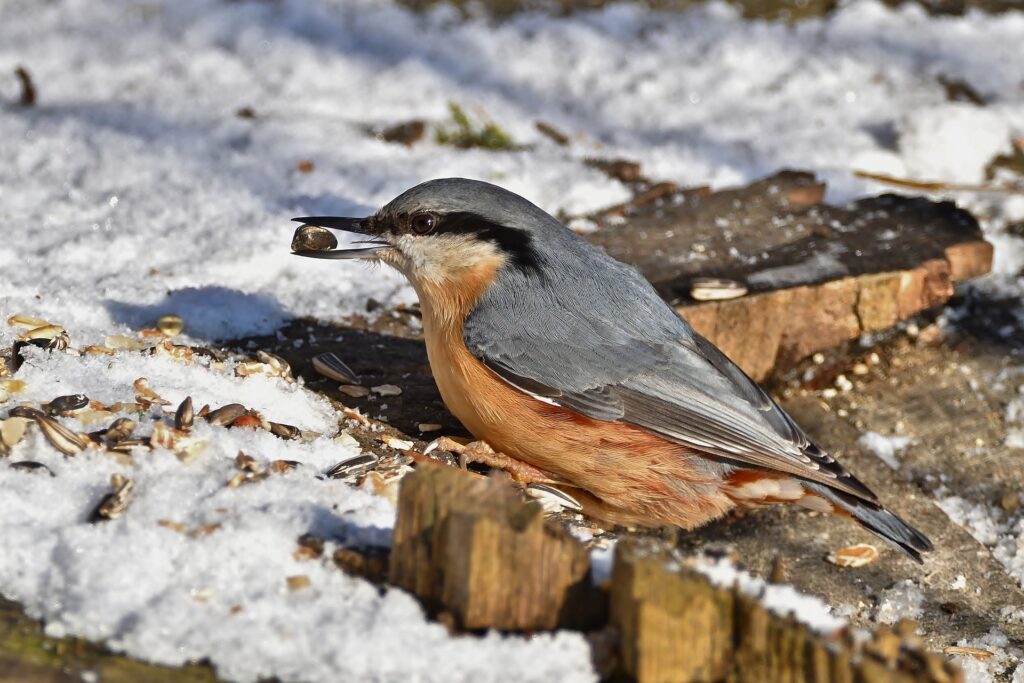
At this time of year, the tail-end of winter, insect populations are low and shrubs bearing fruits, berries, and nuts are often under a blanket of snow. These are parts of a bird’s natural food supply, and they are hard to come by. Add to this the fact that birds are exerting a lot of energy migrating, building nests, and raising young, and you have a bird population that’s already depleted. Birds who survive through winter must continue to find foods to keep them warm and get them ready for the busy spring season.
The Unpredictable Weather of March
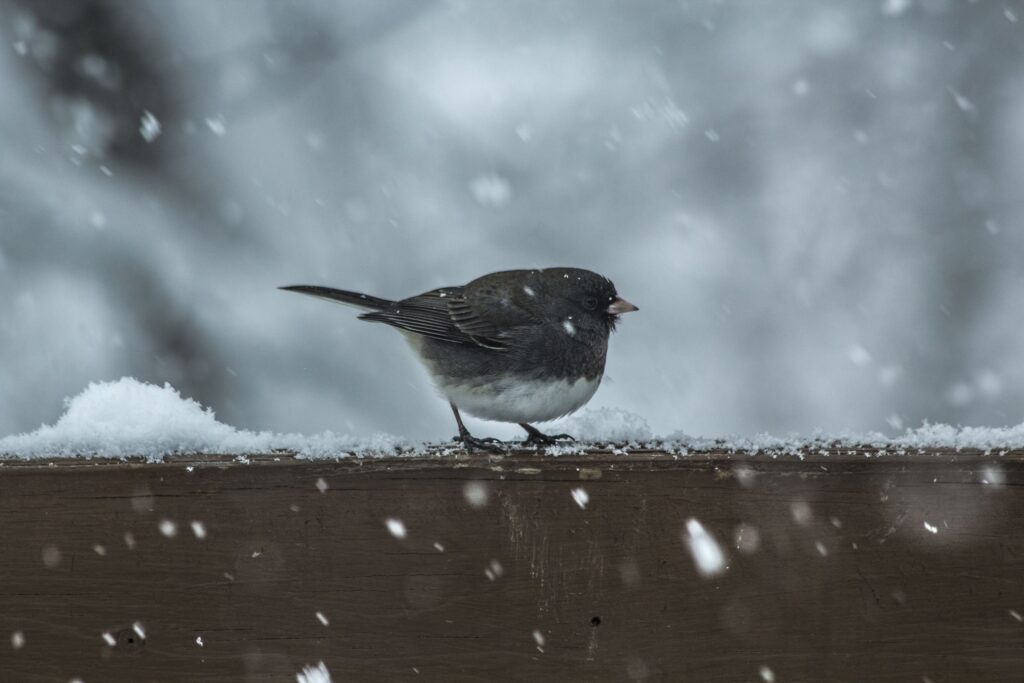
Climate change is making weather increasingly hard to predict in these, and the coming, years. And the month of March is already a wild card: every year we wonder, has the snow come and gone, or can we expect one last storm as the winter fades? We’re not the only ones affected: March snow extends winter for wild birds, making it that much harder to survive or thrive.
How We Can Help Wild Birds in March
Fill those feeders with high-energy foods
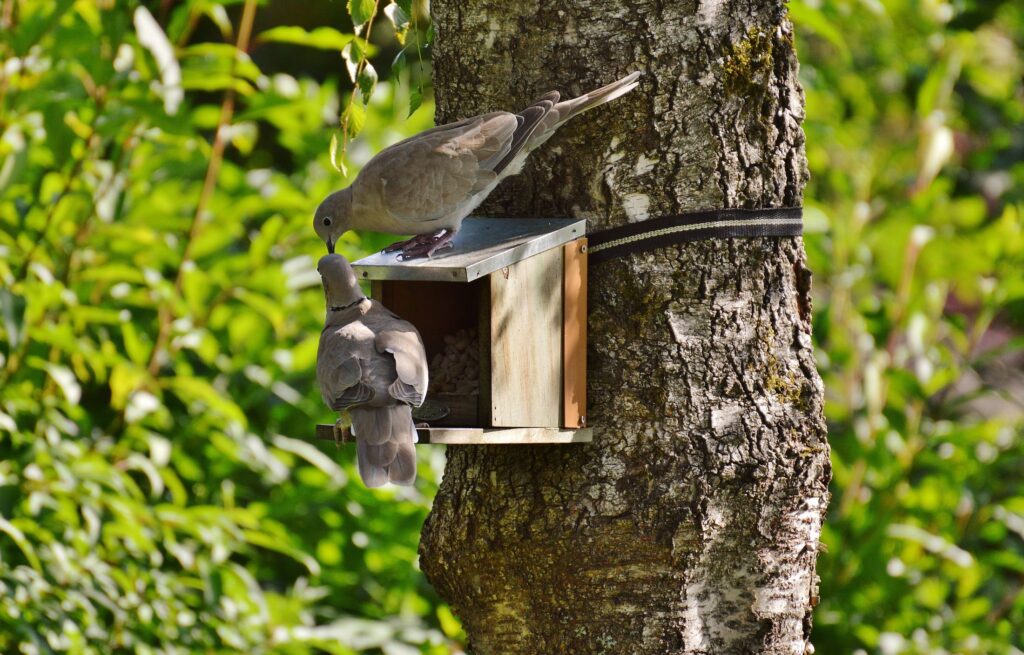
Did you know that some birds migrate as far as 16,000 miles? That means flying eight hours a day, for more than 60 days! It’s no wonder that birds prep for long migrations by eating up to half of their body weight. It also means they need the right foods to keep them going.
Whether it’s prepping for a spring migration or refueling after a winter migration, wild birds need your help! Fill your feeders with high-energy foods that have a lot of fat and protein. These bird foods include high-energy seed mixes, suet, and mealworms.
Provide safe havens for nesting birds
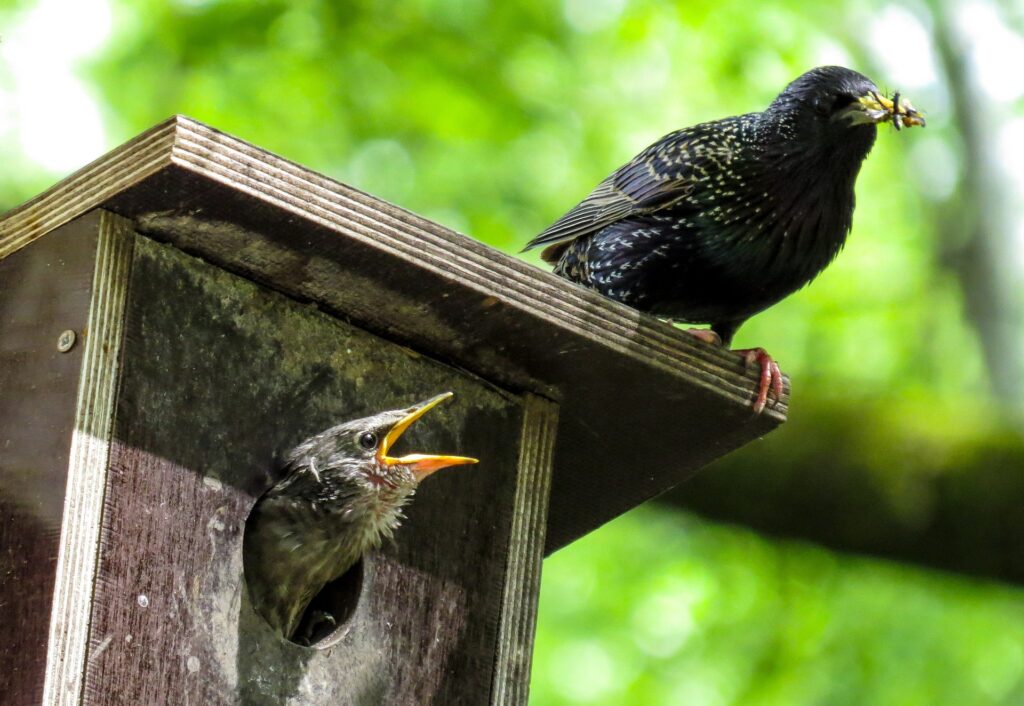
There are many ways to help nesting birds this time of year. One way is by holding off on your garden spring cleaning. Keep a corner of your garden wild, or leave a brush pile for nesting birds looking to hunker down or salvage twigs and natural materials for their nests. Another way to help is to leave out nest-building materials, like pieces of straw and grass clippings. The National Audubon Society offers further guidance on which nesting materials are safe for birds.
Of course, you can also mount bird houses and nest boxes in your outdoor space. Place them away from foot traffic and high enough so that it’s safe from predators.
Need help finding the right bird house or nest box? Read our blog post “3 Ways to Help Birds During Nesting Season.”
Keep bird feeders and birdbaths clean
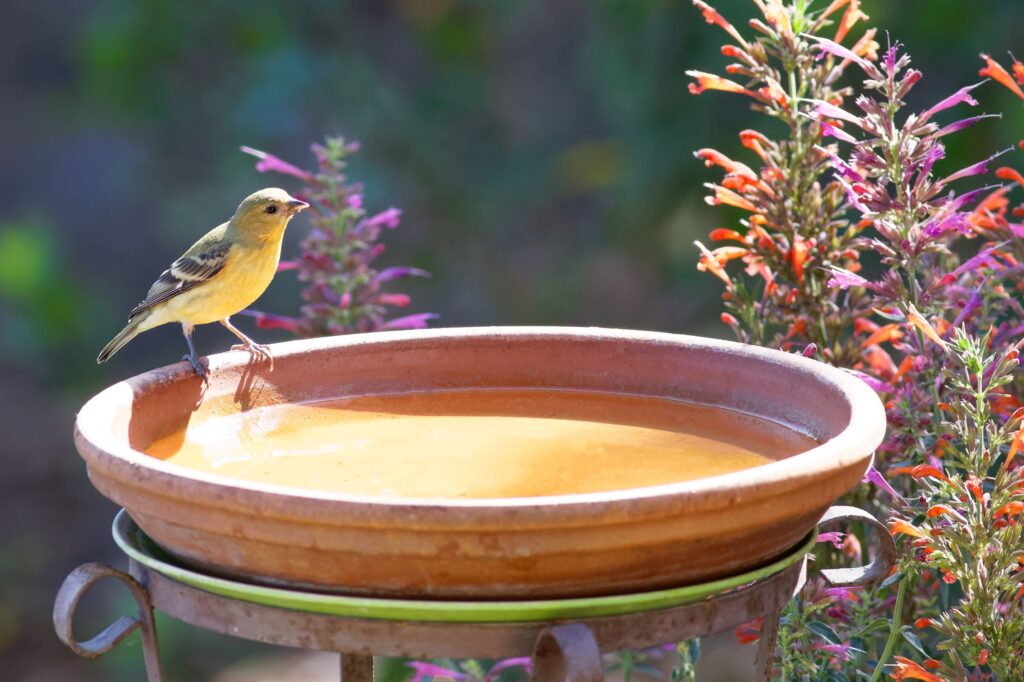
While providing food and water for birds year-round has more benefits than drawbacks, the fact is that dirty bird feeders and birdbaths can have dire consequences. To prevent Salmonella and other diseases that can spread to wild birds, clean your bird feeders at least once or twice a month, though it’s a good practice to do it before every refill. Use a three-to-one water-vinegar solution or a nine-to-one water-bleach solution, and then rinse and dry thoroughly before refilling.
Birdbaths should also be kept clean and filled with fresh water. If possible, refresh birdbath water every other day, and clean your birdbath at least once a week with a water-vinegar solution.
Feed wild birds year round
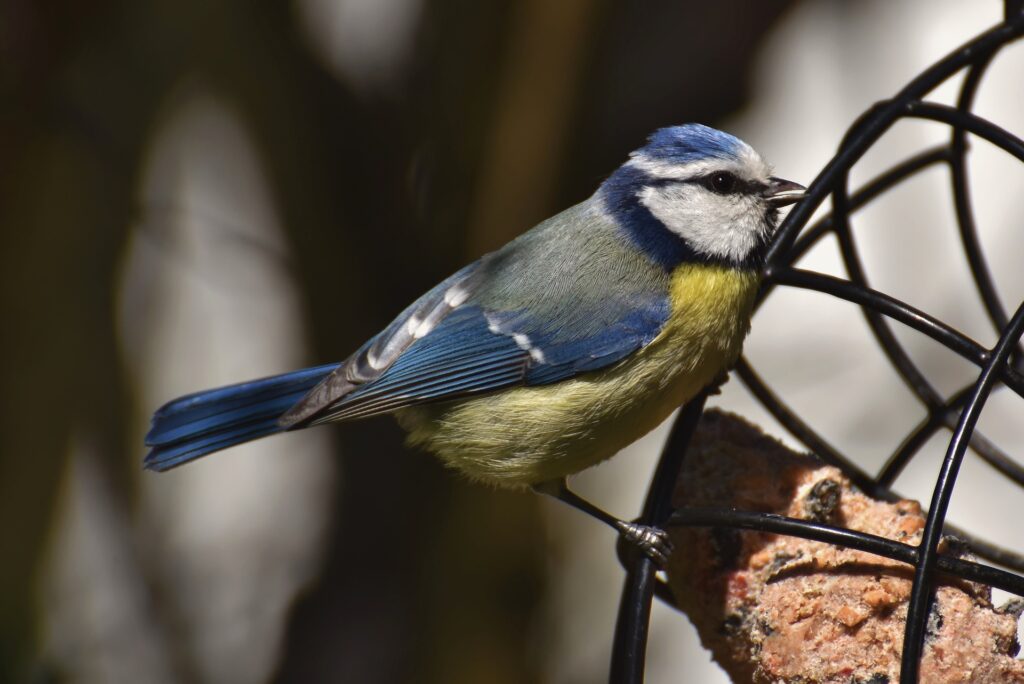
The State of the Birds 2022 report revealed some stark facts: more than half of US bird species are in decline, with 70 species already at a crucial tipping point. Now is the time to help the declining bird population as much as we can. One actionable way we can do this is by feeding wild birds, not just in one season, but year-round.
However, just like with us humans, it’s important for birds to eat healthy, nutrient-dense food. This means avoiding cheap bird seed mixes packed with milo and other fillers that birds cast aside (creating a huge mess under your feeders). Instead, opt for a high-quality bird seed mix packed with bird food favorites, like black-oil sunflower seeds.
New to Backyard Bird Feeding? Start Here
Chirp’s FREE Beginner Backyard Birding Series takes you through all you need to know about backyard bird feeding, from how to make your yard bird friendly to how to deal with backyard pests. Check it out on Chirp’s YouTube channel!


